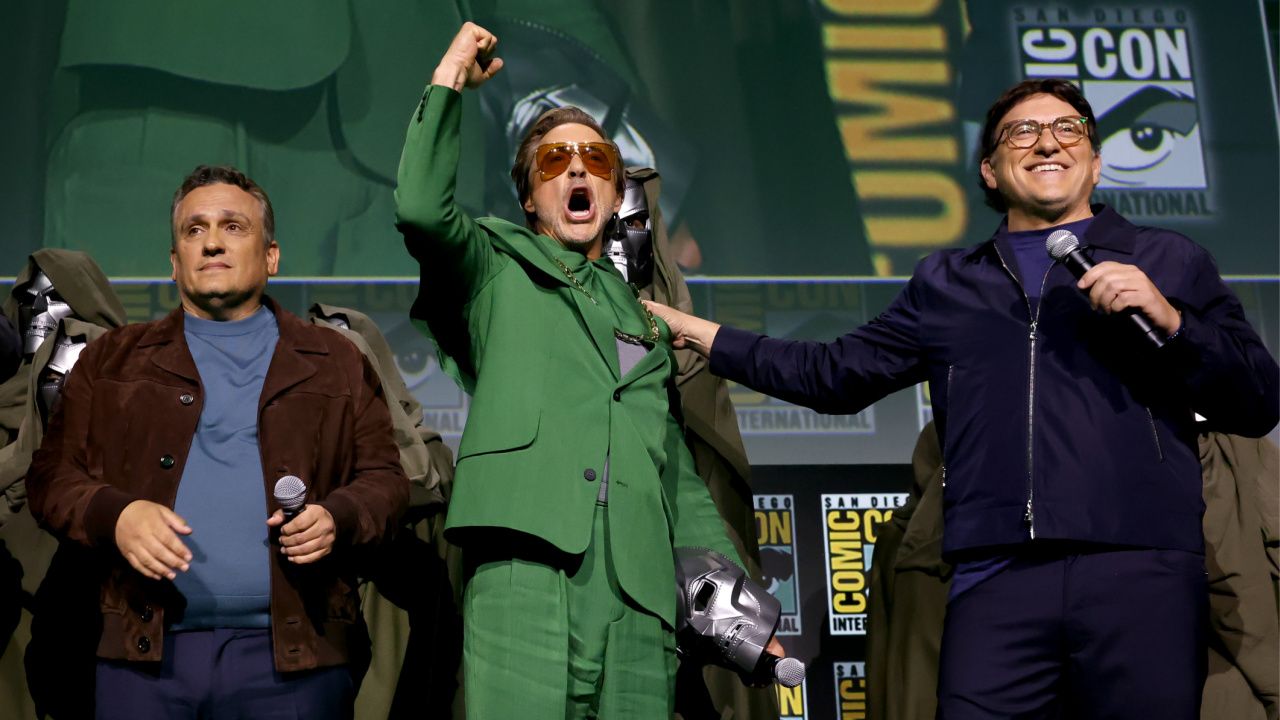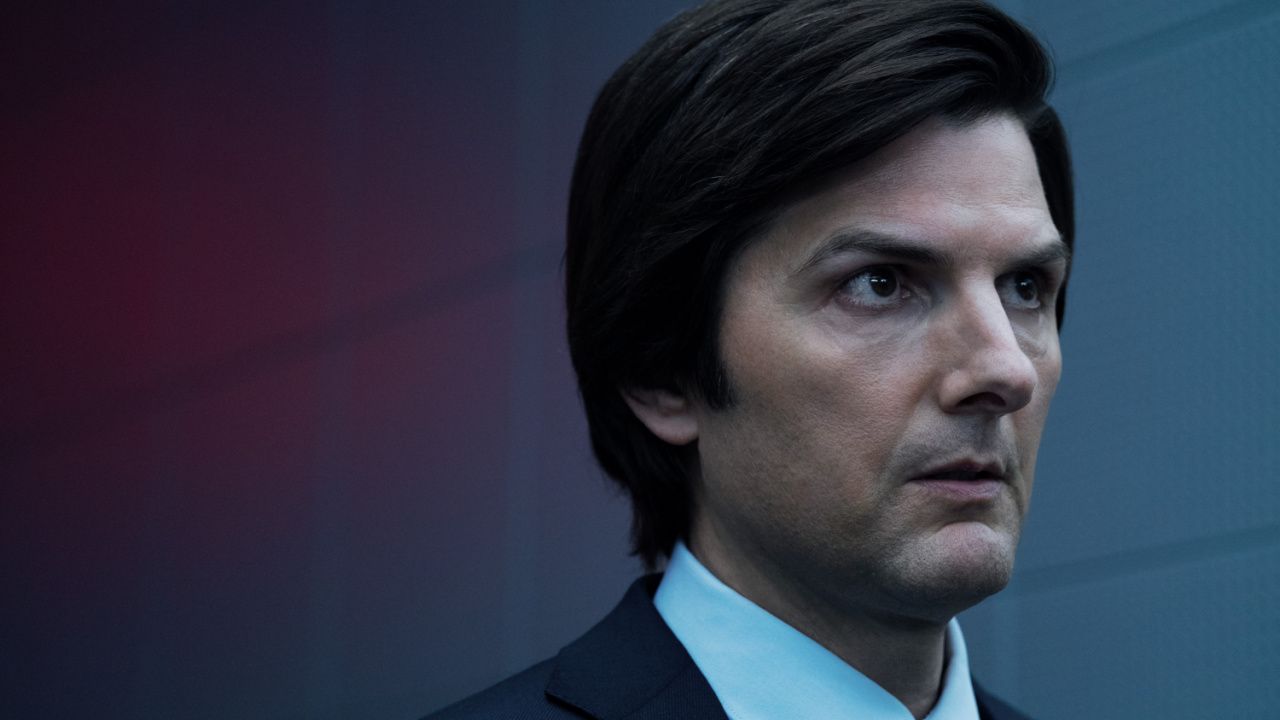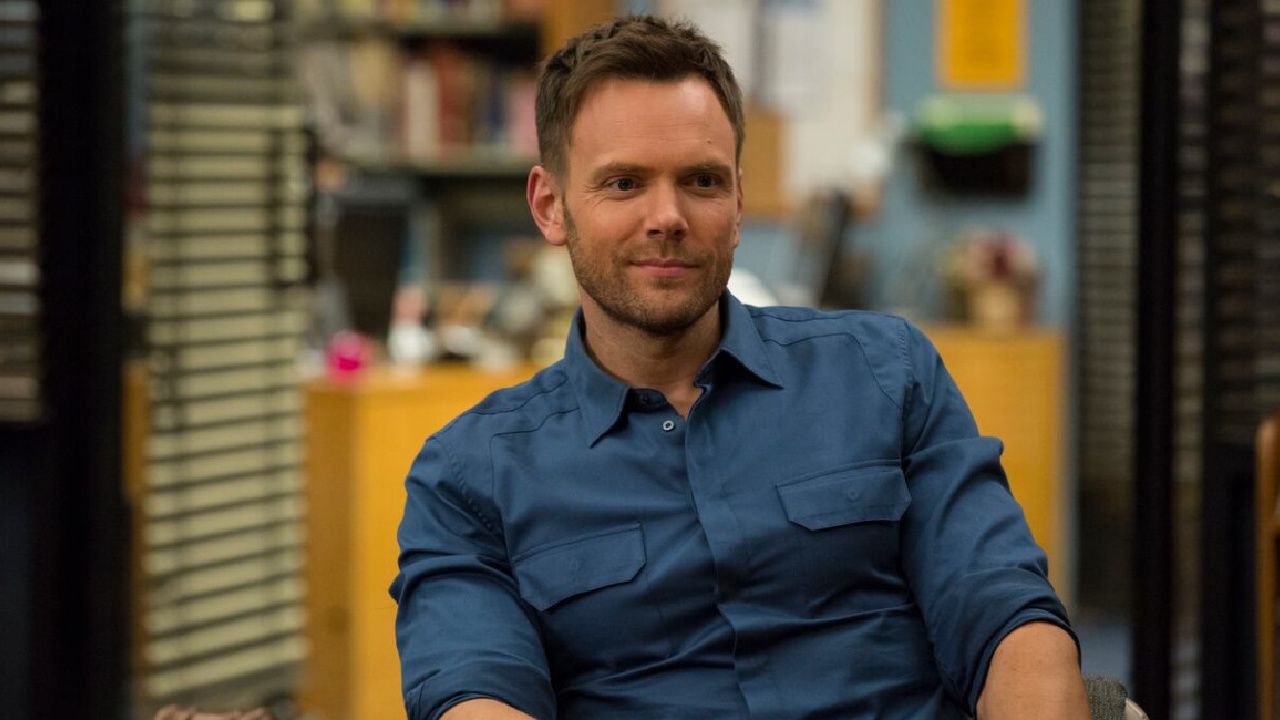How Trump and Harris’ 2024 Campaigns Come Down to Reality TV vs TikTok

The defining moment of Donald Trump as a presidential candidate to date — the one that birthed all the others — was a ride down an escalator in a tower he developed during a TV appearance he stage-managed to build on an empire of wish-fulfillment he created.
The defining moment of Kamala Harris as a presidential candidate to date — the one birthing all the others — was a British pop star she’s never met referencing an album she hadn’t heard in a post she didn’t control using a term she didn’t know.
The presidential contest now unfolding is about a lot of things — globalism vs. nativism, feminism vs. machismo, wokeness vs. Muskism, positivity vs. anxiety and, oh yeah, competing visions on climate, abortion and immigration. But it is also about something else: radically different communication philosophies.
In Trump, Republicans have a classic form of showmanship: Narratives are scripted for maximum entertainment, directed by one auteur and released to the masses with a targeted set of goals.
In Harris, Democrats have a sharply of-the-moment style in which an army of people far from politics shape messages that are then channeled by the campaign, which often serves more as the story’s reactive subject than its shepherd.
Call it reality-TV ringleaders vs. the TikTok Ticket.
“What we see in front of us is practically a laboratory experiment in two different approaches to media,” said Bob Thompson, the longtime Syracuse University professor and observer of our communication culture, when reached about the subject last week.
That’s even true down-ticket. J.D. Vance got where he is thanks to a literary best-seller, the ur-form of top-down messaging. Tim Walz happened because groups of online users decided to lift him up after watching several of his videos. (Though he did partly engineer his rise; he is still a politician.)
Meme culture as applied to campaigning has a kind of feedback-loop dynamic. Fans spontaneously run with a message; the campaign then gets a hold of it and guides them. Take Swifties for Kamala, a group started by Gen Z fans with connections to neither the star nor the candidate. In just a few weeks the group amassed 34,000 followers on Instagram, generated a slew of TikTok remixes (if you’ve always wanted to hear political speeches sampled into “Who’s Afraid of Little Old Me,” this is your chance) and generated at least two calls with the campaign — which then dispatched the Swifties to go out and spread the message further.
There was also the now-famous Charli XCX “kamala IS brat” post three weeks ago, an “I Like Ike” for the great-grandkids. While the post wasn’t ordered by Harris, the campaign quickly jumped on it by changing its social backgrounds to reflect the new speed-drive reality. Why order a campaign bus when you can ride hot through the streets on a different frequency?
Characters in this scheme are less crafted than crowd-sourced. Harris’ most famous line, “I don’t know what’s wrong with you young people. You think you just fell out of a coconut tree?’” is tellingly a throwaway from a 2023 speech in which she was quoting someone else. And yet it has become one of the best-known pronouncements of any presidential candidate in recent memory thanks to a slew of people anointing it so — then deputizing themselves to spread the word via a wave of dance remixes, lime-green t-shirts and coconut emojis.
The idea of an online army of pop-stan operatives stands in stark contrast to Harris’ opponent.
Trump was, it’s true, once a novel deployer of social media in his own right, defining his candidacy (and later his presidency) by Tweets sent at all hours of the night. But even those had a decidedly old-school vibe, scripted episodes in a drama one man programmed like an impulsive network executive. Even his own people often didn’t know what was coming.
The centrality of this approach to his electoral success was underscored Friday when a new paper from researchers at the University of Pennsylvania’s Annenberg Public Policy Center and Columbia University concluded that Trump’s appearance on The Apprentice enabled his win in 2016. His depiction as “‘America’s Boss’ – a successful businessman; a savvy negotiator; a tough but supportive mentor; adept at reaching profitable deals in high-pressure situations” was what “increased Donald Trump’s electoral performance in the 2016 Republican primary,” the American Political Science Review wrote.
Trump’s M.O. was to craft a persona he then firmly controlled. As the former Apprentice producer Bill Pruitt wrote in a chock-full tell-all on Slate in May, what the series did was nothing less than invent and introduce a franchise character.
“In the show, he appeared to demonstrate impeccable business instincts and unparalleled wealth, even though his businesses had barely survived multiple bankruptcies,” Pruitt wrote. Having been given the role of a lifetime, Trump went on to hone and perform it on the world’s largest stages.
Trump’s lurch to newer media has proved less smooth. Last week at Mar-a-Lago, he sat for a livestream interview with right-wing gamer Adin Ross on the videogame platform Kick that featured cringey moments like Ross showing him how the chat feature worked. Far from making him seem young, the contrast with a 23-year-old influencer actually made Trump seem even older and resulted in some laughing commentary from the gaming community.
“Trump is in a way trying to punch up with these appearances. It’s really hard to do, and I’m not sure he should do it,” said Liz Stahl, the founder of the Los Angeles-based social-media consultancy In Haus, when asked in an interview how she thought such efforts were going.
In fact, the most successful viral moment to hit the Trump-Vance campaign was of the unwanted kind, when a slew of mocking memes erupted several weeks ago about the Ohio senator allegedly admitting in his book he had achieved a different kind of congress with his couch. He hadn’t. But like the pre-internet virality that dented earlier candidates — from Lyndon B Johnson’s infamous “daisy” 1964 ad insinuating Barry Goldwater would bring nuclear war to the U.S. to George H.W. Bush’s notorious “Willie Horton” spot in 1988 claiming Michael Dukakis was freeing scores of rapists and murderers — the truth of the claim mattered less than the stickiness of the message.
The same story was playing out this weekend when Trump used Celine Dion’s theme song from Titanic at a campaign rally in Montana, prompting many online jokes about how the candidate’s arc was paralleling the movie’s. The Harris campaign was quick to leap in. Mudslinging circa 2024 doesn’t require a candidate hurling the dirt; they just have to show up without a towel when someone else does.
However, experts say it would be folly to assume a fully bottom-up approach from the Democratic candidate. “There’s no doubt that there’s a big upswell in organic interest in Kamala Karris,” said Samuel Woolley, a University of Pittsburgh researcher and longtime project director for propaganda research at the Center for Media Engagement at the University of Texas, which is one of the leading experts on the origins and implications of influencer content. “But there’s also certainly inorganic content being pushed,” he said when reached this weekend, using the term for content that is being dictated by someone other than the poster.
This is enabled by a slew of high-end, close-to-the-vest consultancies hired by campaigns, such as the liberal-skewing People First, which pay for or simply coordinate content from influencers without disclosing their involvement.
“Employing influencers has become a pretty normal practice in political campaigns, and Harris is doing it very shrewdly,” Woolley said. Actually discerning what is paid content, let alone stopping it, is extremely hard; social media companies have shown little interest in disclosing or preventing these arrangements, while the FEC has been unmoved to regulate them like traditional political ads.
Even straight-up organic content can be hard to trace, with every origin moment leading to something that came before (you could even say it didn’t fall out of a coconut tree). In fact, Charli XCX’s post itself was not the start but a response to a host of organic memes that had already existed on TikTok, setting Harris’ speeches to Charli tracks. (That all this is unspooling against the legislative to-and-fro of a TikTok ban, incidentally, is its own form of viral deliciousness.)
All this meme content harks back to ancient 20th-century forms of media momentum-builders. But it also differs from them. If “I Like Ike” propelled Eisenhower all the way to the presidency with a Roy O. Disney jingle and an everyone’s-doing-it vibe, “kamala IS brat” has yet to prove it can last until the voting starts, let alone influence behavior then.
“Social media virality usually only works for a political campaign if there’s a bridge to the issues — to something substantive,” said social media consultant Stahl. “Otherwise, it’s just a lot of momentum to nowhere.” (Some of the first polls to come after the viral groundswell show marked bumps for Harris, but causality is difficult to prove.)
It would be tempting to see a Harris win in November as a new day, the baton-pass from a single controlled spectacle to the unruly shards of a thousand dance remixes — a meme’s lime-green cool overtaking the can’t-look-away orange of a showman’s sun.
Conversely, a Trump win would prove the durability of the reality form.
Voting is more complicated than that, of course, and such conclusions would be facile. Still, American media culture only rarely brings such a full transition to a new era, let alone offers up a national election with two candidates standing on such opposite sides of its boundary. Whatever happens in November — or next week — a new set of media colors has emerged. And now that it has, politics may never be seen the same way again.
Read the original article here






